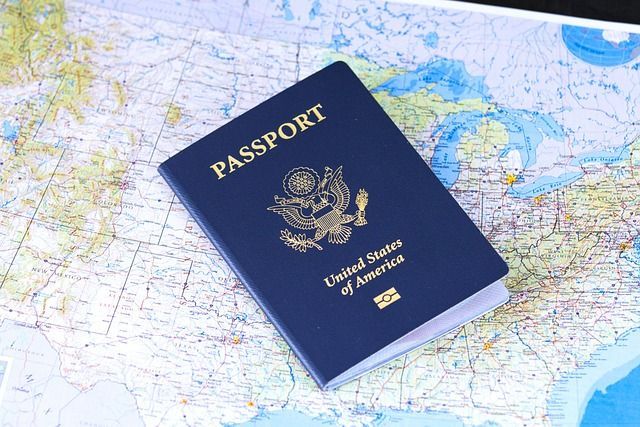Understanding the Difference: Fingerprinting vs. Electronic/Live Scan
As identity management and background checks become increasingly important in various sectors of society, the techniques for capturing fingerprints have evolved over the years. Two prominent methods stand out: traditional ink fingerprinting and electronic/live scan fingerprinting. Both have their pros and cons, and your choice between them may depend on your specific needs. In this blog post, we delve into the differences, advantages, and disadvantages of these two fingerprinting methods.
Traditional Ink Fingerprinting
How It Works
Ink fingerprinting is the original method that has been in use for decades. This technique involves rolling your fingers in black ink and then pressing them onto a specialized card (i.e. FD258 fingerprint card) to capture the prints.
Advantages
- Widespread Acceptance: Ink fingerprinting is universally recognized and accepted by almost all institutions.
- No Special Equipment Needed: The process is simple and doesn't require any sophisticated machinery.
- Affordability: It's generally less expensive because it doesn't involve any high-tech equipment.
Disadvantages
Messiness: The process can be quite messy and often requires careful cleanup.
Time-Consuming: It takes time for the ink to dry, and the card then needs to be physically mailed to the agency requiring the fingerprint.
Potential for Errors: Smudging and other issues can cause inaccuracies, requiring the process to be repeated.
Electronic/Live Scan Fingerprinting
________________________________________
How It Works
Live scan fingerprinting uses electronic scanners to capture an image of the fingerprint. The electronic image is then transmitted to agencies or saved for future use.
Advantages
- Speed: The process is much faster, with immediate capture and transmission.
- Accuracy: Electronic capture minimizes the risk of smudges or other distortions, reducing the chances of errors.
- Convenience: Digital fingerprints can be stored and easily transmitted to different agencies as needed.
Disadvantages
- Cost: The initial setup and the equipment for live scan fingerprinting can be expensive.
- Limited Acceptance: Not all agencies accept electronic fingerprints, so you may still need to revert to ink fingerprinting for certain applications.
- Technical Issues: While rare, technical glitches can occur, causing delays or requiring recapture of fingerprints.
Conclusion
Both ink fingerprinting and live scan fingerprinting have their merits and drawbacks. Ink fingerprinting is time-tested but can be messier and more prone to errors. On the other hand, live scan fingerprinting offers speed and accuracy but comes at a higher initial cost and isn't universally accepted.
Your choice between the two methods will depend on your specific needs, the requirements of the agency you're submitting your fingerprints to, and your personal preferences. For more information on our fingerprinting services, visit World Class Notary, Fingerprinting, and Apostille Services.
If you're looking for more insights into fingerprinting and background checks, make sure to check out our related blog post: "The Importance of Accurate Fingerprinting in Background Checks".









